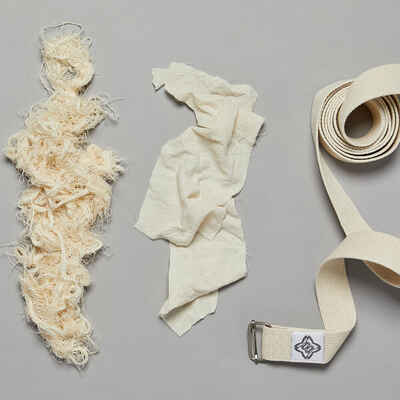Weight
Total weight 920 g
Separable parts to help transportation:
- Flysheet 396 g
- Bedroom 310 g
- Aluminium stakes (2 pieces) 50 g
- Pegs (10 pieces) 100 g
Guy ropes (3 pieces) 12 g
- Bags 28 g + 10 g
To protect your product and increase your protection from the sun and bad weather, you can complement your MT900 1 person tarp tent with the MT900 1P groundsheet (reference 8797781)
Size and living space
Bedroom length 225 cm.
Bedroom width 60 cm to the head and 50 cm to the feet.
Bedroom height 95 cm.
2 aluminium stakes (each made of 2 snap rings) at the feet increased the usable volume.
60 cm deep side porch (storage space between the bedroom and flysheet) to hold a 50 to 60 litre rucksack, mountaineering equipment as well as a pair of hiking boots.
1 mesh storage pocket in the bedroom.
Assembly tips
Start by adjusting your pole to 115 cm in length.
Then place the pegs at the 4 corners of the tarp tent. The flysheet and the bedroom are pre-assembled so slide a pole under the flysheet, level with the door and the other one opposite, outside the full wall.
Put the 2 aluminium stakes in the slots intended for them at the foot of the tent.
All that remains is to tie the ropes and adjust the tautness (you can play with the pole height).
And to disassemble it
This job is very simple.
Just remove the 2 poles that made up the tent structure, then once the guy ropes are undone and the pegs taken out of the ground, fold the tent up taking into account the bag length.
Tip: leave the 2 stakes in their slots and you’ll save time next time you assemble it!!
Architecture, tent poles and tent pegs
This tent tarp requires 2 hiking poles (ideal height 115 cm - max 120 cm) to make its structure.
These poles are not supplied with the tent.
The pegs are made from 7075 T6 aluminium and have an extremely resistant “anvil” head.
This design makes for a very light tent that needs to be fixed to the ground, as it does not stay up alone.
Waterproofing
Forclaz tents are laboratory-tested:
- pitched tent, 200 litres/sqm/hour (3 hours, equivalent to a tropical storm).
- 20 denier (2,000 mm) polyester flysheet and 40 denier (3,000 mm) polyamide groundsheet have a polyurethane coating (inside) and silicone (exterior).
- seams sealed with thermo-bonded strips.
Wind resistance
We test all our tents in a wind tunnel on a turntable where we can expose each side of the tent to the wind.
To test its wind resistance, the tent must be properly pitched, taut but not stretched, with all the guy ropes in position around the tent. It should remain habitable at wind speeds of 70km/h, measured near ground level.
Our tents are certified by the CSTB independent laboratory in Nantes.
Ventilation and condensation prevention
High ventilation at door level.
Mesh top section in the bedroom to encourage air flow.
Water-repellent fabric on the bedroom edges to protect against moisture and draughts.
To reduce condensation inside the tent, it must be correctly assembled, canvas taut but not excessively so and open vents.
Seasons
3-season tent: your tent will protect you from the harsh weather conditions you can encounter in the spring, summer or autumn.
The tent will withstand light snowfall, but is not designed for heavy loads that would weigh on its structure. In case of snow, remember to shake your tent regularly in order to bring down any snow that has accumulated to avoid putting too much weight on the structure of your tent.
Durability
Your tent is designed for touring bivouacs, not for static day use.
We recommend that you avoid leaving it in the sun as the ultra light fabrics can be sensitive to UV light that weakens them.
Repairs and After-sales service
All of our tents are designed to be repairable.
For this model, you will find in spare parts:
- flysheet (ref. 8795874)
- inner bedroom (ref. 8795877)
More information from your Decathlon store workshop or online.
 Process
Process



